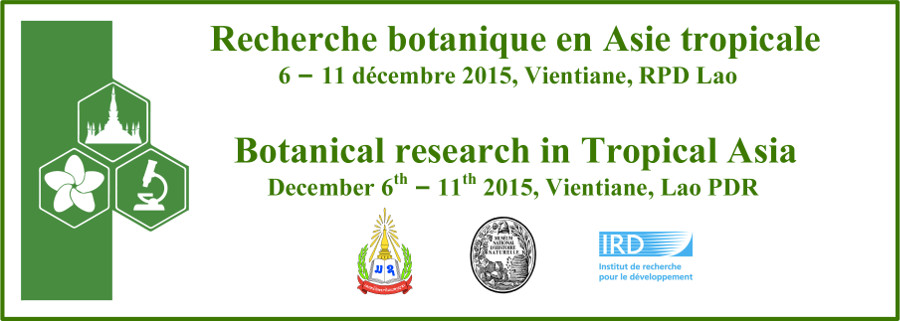Five species of Bonnaya Link & Otto are recognised in Thailand, Cambodia, Laos and Vietnam viz. B. aculeata (Bonati) Eb. Fisch., Schäferh. & Kai Müll., B. antipoda (L.)Druce, B. ciliata (Colsm.) Spreng. , B. ruellioides (Colsm.) Spreng. and B. tenuifolia (Colsm.) Spreng. Two species, Lindernia cephalantha T. Yamaz. and L. succosa (Kerr ex Barnett) Philcox, were reduced to B. aculeate and B. tenuifolia, respectively. The genus is distinguished from other members of the family Linderniaceae by having two fertile stamens and two staminodes, pinnate venation, a cylindrical capsule and both rospermous seeds. Anatomically, all species have conspicuous paraveinal mesophyll (PVM). Bonnaya tenuifolia has large air spaces (>30 µm) in the mesophyll. The collateral bundle is represented in all species and the stomata are diacytic. The genus has small pollen grains, except in B. ruellioides where they are medium-sized. The colpi are usually narrow, slightly depressed, 7.7‒33.6 × 0.5‒3.8 µm and usually extend almost to both poles. The exine is 0.8‒2.0 µm thick. There are three types of exine ornamentation, viz. microreticulate, reticulate and perforate. Phylogenetic relationships of Lindenia s.l. based on ITS, trnL-F and combined ITS and trnL-F regions support Fischer et al. (2013)'s hypothesis to reinstate section Bonnaya at the generic level.
- Poster

 PDF version
PDF version

